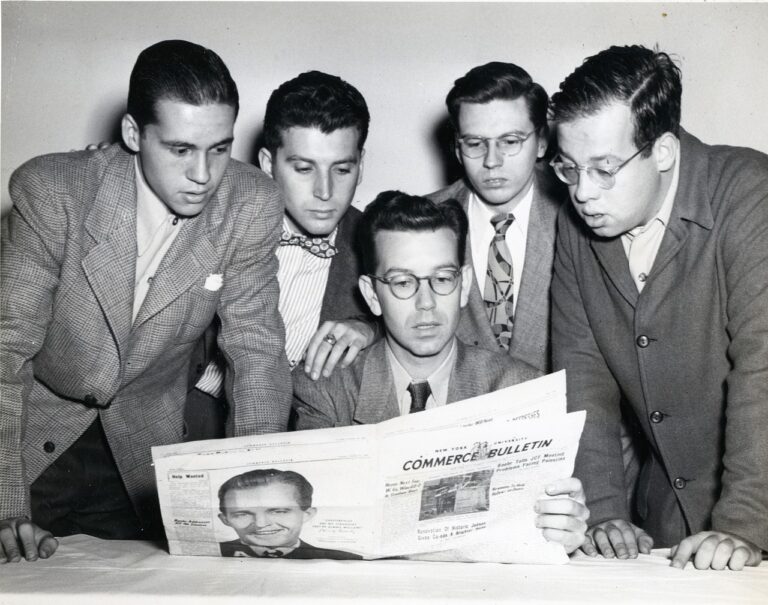Exploring the Potential of Energy-Efficient Lighting Controls for Outdoor and Street Lighting
11xplay login, king567, skyinplay.com login: Exploring the Potential of Energy-Efficient Lighting Controls for Outdoor and Street Lighting
Imagine walking down a dimly lit street at night, feeling unsafe and uneasy. Now picture that same street brightly illuminated, with energy-efficient lighting that not only enhances visibility but also helps reduce energy consumption. This scenario is not just a dream but a reality that can be achieved through the implementation of advanced lighting controls for outdoor and street lighting.
In recent years, there has been a growing emphasis on energy efficiency and sustainability in the lighting industry. LED technology has revolutionized the way we illuminate our homes, offices, and public spaces, offering significant energy savings compared to traditional incandescent and fluorescent lighting. However, the potential of energy-efficient lighting controls for outdoor and street lighting goes beyond just using LED bulbs.
By incorporating smart lighting controls, such as motion sensors, photocells, and dimming capabilities, outdoor and street lighting systems can be optimized for maximum energy efficiency and performance. These controls not only help reduce energy consumption but also extend the lifespan of lighting fixtures, improve visibility, and enhance safety and security in outdoor environments.
Here are some key benefits of energy-efficient lighting controls for outdoor and street lighting:
1. Reduced Energy Consumption: By automatically adjusting lighting levels based on ambient light conditions and occupancy patterns, energy-efficient lighting controls help reduce energy waste and lower electricity bills.
2. Extended Fixture Lifespan: By dimming or turning off lights when they are not needed, lighting controls can help prolong the lifespan of lighting fixtures, reducing maintenance costs and environmental impact.
3. Improved Visibility: Smart lighting controls can dynamically adjust lighting levels to ensure optimal visibility in different weather conditions, improving safety for pedestrians, cyclists, and drivers.
4. Enhanced Safety and Security: Motion sensors can detect movement and automatically brighten lights in response, improving security in outdoor spaces and deterring potential intruders.
5. Compliance with Regulations: Many municipalities and organizations have implemented energy efficiency regulations and standards for outdoor lighting. Energy-efficient lighting controls can help ensure compliance with these requirements.
6. Environmental Impact: By reducing energy consumption and carbon emissions, energy-efficient lighting controls contribute to a more sustainable and eco-friendly urban environment.
With the advancement of IoT technology, outdoor and street lighting systems can now be connected to centralized control systems, enabling remote monitoring and management of lighting assets. This level of automation and intelligence allows for real-time adjustments to lighting settings, proactive maintenance scheduling, and data-driven decision-making for improved performance and energy efficiency.
FAQs:
1. How do motion sensors work in outdoor lighting systems?
Motion sensors detect movement in their coverage area and trigger the lights to brighten or turn on when activity is detected. This helps conserve energy by only illuminating the space when it is occupied.
2. Can energy-efficient lighting controls be retrofitted to existing outdoor lighting fixtures?
Yes, many energy-efficient lighting controls are designed to be compatible with existing lighting fixtures and can be easily retrofitted without the need for complete system replacements.
3. What are some common challenges in implementing energy-efficient lighting controls for outdoor and street lighting?
Common challenges include upfront costs, compatibility issues with existing infrastructure, and resistance to change from stakeholders. However, the long-term benefits of energy savings and improved performance often outweigh these challenges.
In conclusion, the potential of energy-efficient lighting controls for outdoor and street lighting is vast, offering significant benefits in energy savings, performance optimization, and sustainability. By embracing smart lighting technology and implementing advanced controls, municipalities, businesses, and communities can create safer, more efficient, and environmentally friendly outdoor environments for all.







